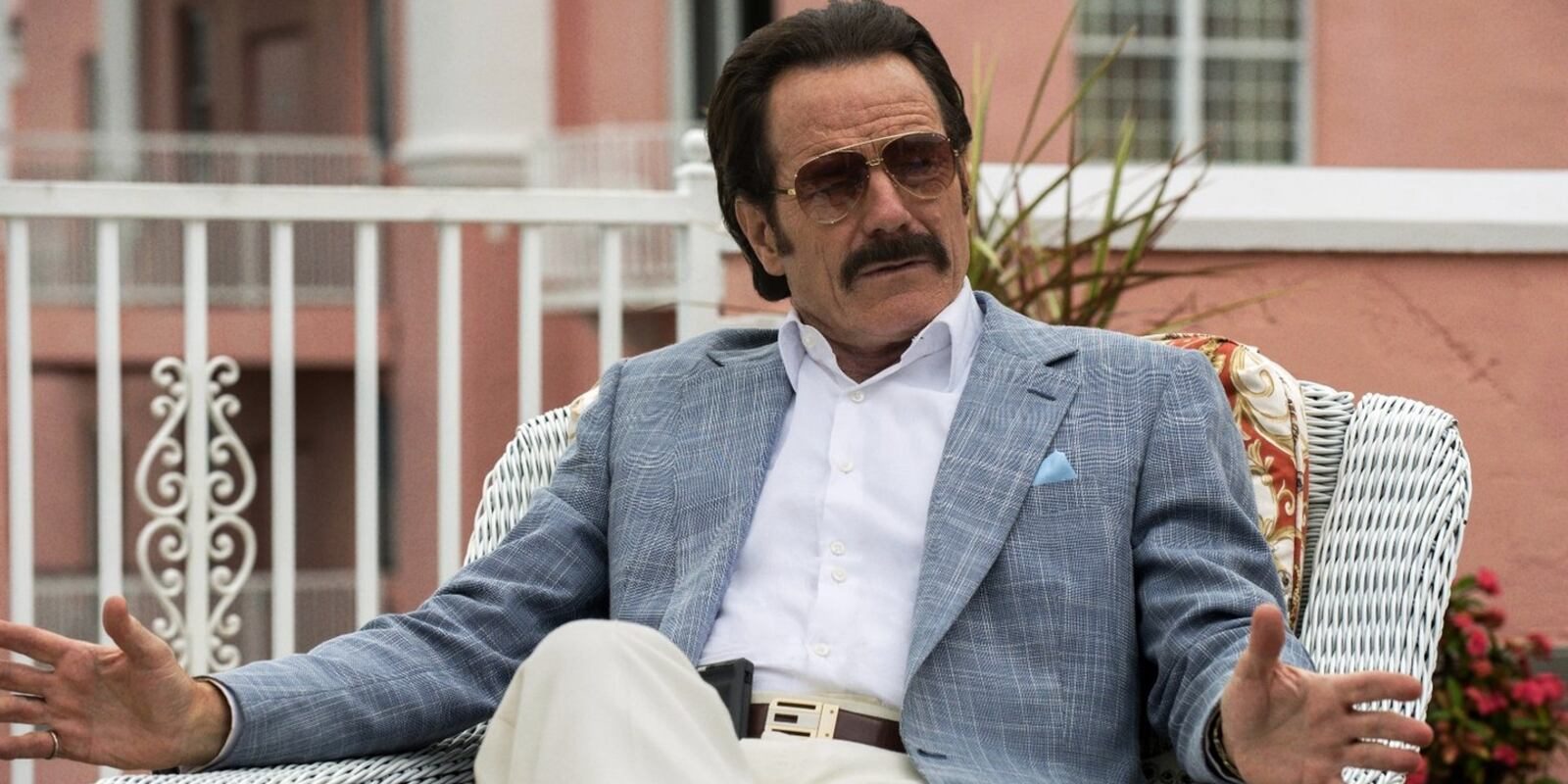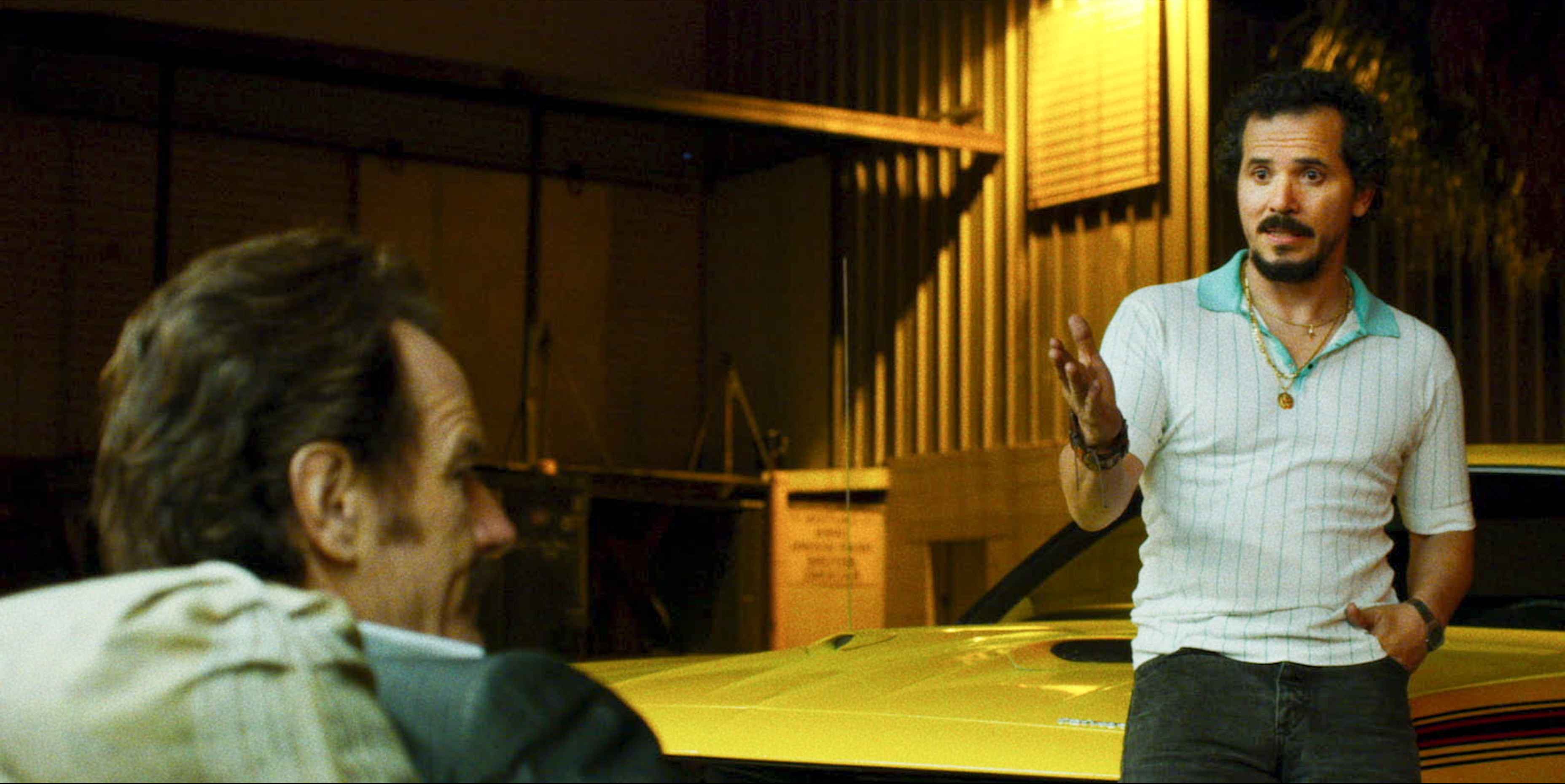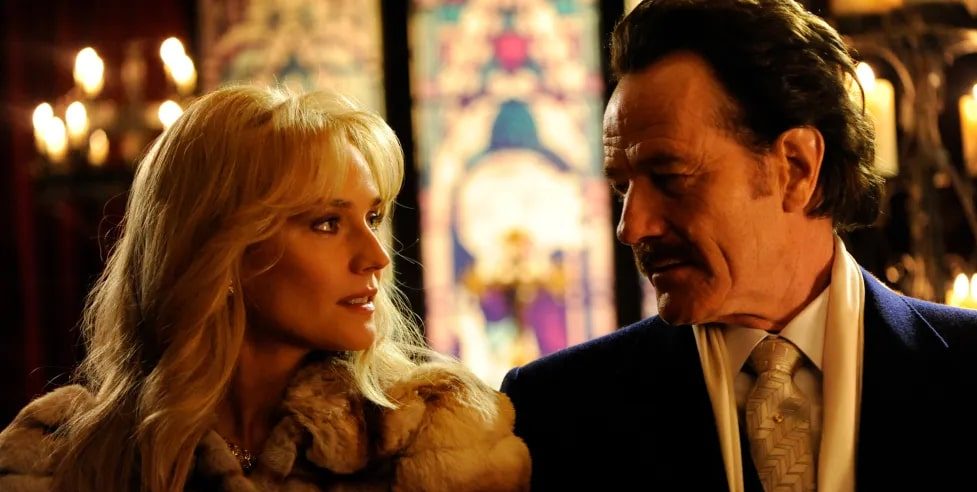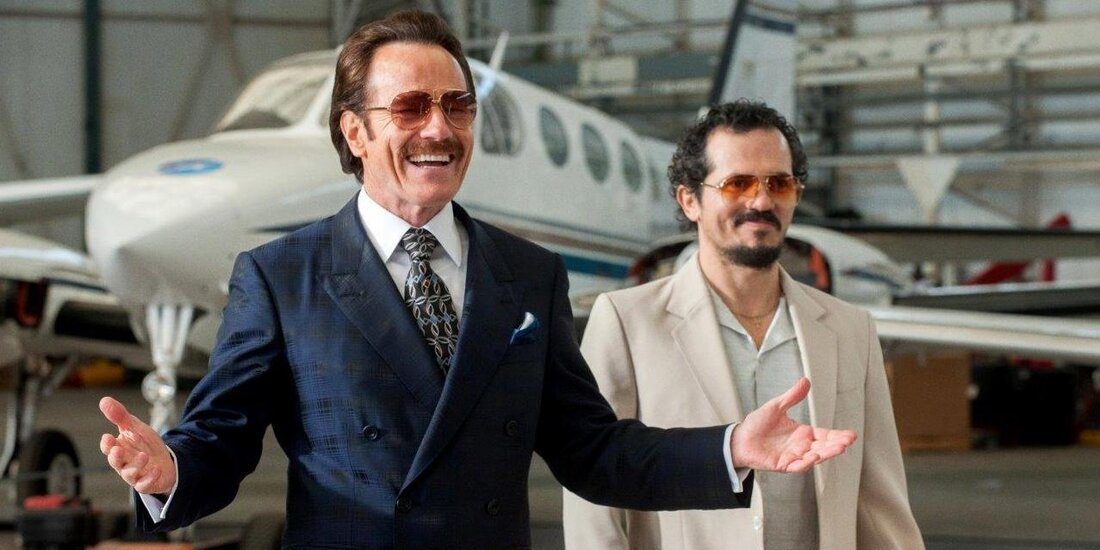Brad Furman’s 2016 film ‘The Infiltrator’ tells the gripping story of Customs Officer Robert Mazur, who is tasked with dismantling money laundering operations linked to some of the nation’s most notorious drug cartels. His most daunting challenge arises when he goes undercover, adopting the alias Bob Musella to infiltrate one of the world’s largest cartels. As he gains the trust of its members, he also uncovers incriminating evidence that could ultimately lead to the collapse of their empire. The film explores themes that resonate with historical events. Therefore, it will not be a surprise if it is based on a true story, too.
The Infiltrator is an Homage to the Work of Robert Mazur and His Team
The screenplay of ‘The Infiltrator’ is based on the autobiography of Robert Mazur titled ‘The Infiltrator: My Secret Life Inside the Dirty Banks Behind Pablo Escobar’s Medellin Cartel,’ which was published in 2009. It has been developed for the screen by Ellen Furman, who is the mother of director Brad Furman. With only a few exceptions, most of the real names and incidents from Mazur’s experiences have been retained in the movie. It effectively portrays the execution of Operation C-Chase, showcasing the intricate details of Mazur’s undercover work and the significant efforts to dismantle the drug cartel’s money laundering operations.

Robert Mazur got the idea for the book when he served as a technical advisor for Michael Mann’s 2006 remake of ‘Miami Vice.’ During this time, Mann was captivated by Mazur’s undercover stories and suggested turning them into a movie, emphasizing the need for a book to pitch the idea. “I always thought there was something special about the story,” Mazur reflected, noting that Mann’s creative endorsement convinced him to pursue the project. After securing an agent, he crafted a publishing proposal that quickly gained traction, selling within a month and paving the way for the adaptation.
Operation C-Chase was an important undercover operation conducted in the late 1980s and early 1990s, primarily aimed at dismantling the money laundering networks of major drug cartels. Specifically, it targeted the Medellín (headed by Pablo Escobar) and Cali cartels, which were responsible for the vast majority of cocaine entering the country at the time. The operation began in 1986 and involved multiple law enforcement agencies, including the Drug Enforcement Administration (DEA), the Customs Service (now part of the Department of Homeland Security), and the Federal Bureau of Investigation (FBI). It was spearheaded by Robert Mazur, a Customs Special Agent who went undercover as a money launderer named Bob Musella.
Real Incidents and Characters Infused the Movie With Authenticity
Robert Mazur’s goal was to infiltrate the drug cartels’ financial operations and expose the intricate web of money laundering schemes they used to hide the profits from drug trafficking. Over the course of the operation, he successfully gained the trust of high-ranking cartel members and their associates, allowing him to collect crucial evidence and documents. This included recordings of conversations and transactions that implicated various individuals and financial institutions in the laundering process. Talking about his work at the time, Mazur said, “I lived and breathed to get information. That’s what drove me. Living it 24/7; 48/7, if I could. That was my weakness.”

In various interviews, Mazur has emphasized the crucial role of his team in the success of Operation C-Chase. Many real-life characters have been adapted for the screen, such as Emir Abreu, who was Mazur’s close friend and partner, vital to the mission’s success. A Customs agent from Aguadilla, Emir was known for his remarkable ability to read people, earning Mazur’s deep respect. Additionally, Agent Kathy Ertz was introduced as Kathy Erickson — the fiancée of Mazur’s undercover identity Bob Musella, a strategic choice to make him appear more relatable and vulnerable to the cartel. This assignment marked her first and last undercover mission.
Similarly, many other characters like Eric Wellman and Bonni Tischler have also been inspired by real people. In reality, the plan was to execute the arrests on the day of Robert Mazur’s wedding. However, Mazur insisted that the operation not take place in front of the wives and children of the criminals, as he believed they were innocent. His supervisor, Bonni Tischler, was initially skeptical about this idea, but when other agents supported Mazur’s request, they ultimately decided to make the arrests the evening before the fake wedding.
The Creative Liberties Do Not Disturb the Message Mazur Wanted to Put Across
The work that Robert Mazur and his team accomplished during Operation C-Chase resulted in an impressive 85 indictments, significantly impacting the world of organized crime. Their efforts contributed to the downfall of the Bank of Credit and Commerce International (BCCI), which had clandestinely taken illegal ownership of First American Bankshares in Washington, DC. Additionally, Mazur’s investigation played a crucial role in the conviction of former Panamanian dictator Manuel Noriega. Due to the nature of his work, Mazur faced numerous death threats, compelling him to maintain a low profile.

He avoided showing his face in interviews and even from attending the red-carpet screening of ‘The Infiltrator.’ Mazur has expressed his reluctance to discuss his personal safety, stating that it is not a matter of public concern. Instead, he hopes that sharing his story will bring attention to financial crimes and their far-reaching repercussions. While the film may suggest that his team’s efforts significantly disrupted Pablo Escobar’s empire, Mazur acknowledges that the impact was not as substantial as portrayed. He likens their work to creating a “bump on the highway” for the cartel, highlighting that although they made a difference, the overall structure of organized crime continued to operate.
The film does amplify the theatrics, and even Robert Mazur has acknowledged that such embellishments were necessary for crafting a cinematic experience. However, due to his close involvement in the film’s production, much of its authenticity has been preserved. The most significant aspect that shines through is the integrity with which Mazur conducted his work, along with the various individuals who contributed to the success of one of the country’s most notable undercover operations. The blend of real and fictional elements coalesces to create a biography that has truly stood the test of time.
Read More: Robert Mazur AKA Bob Musella: Where is the Former Undercover Agent Now?


You must be logged in to post a comment.